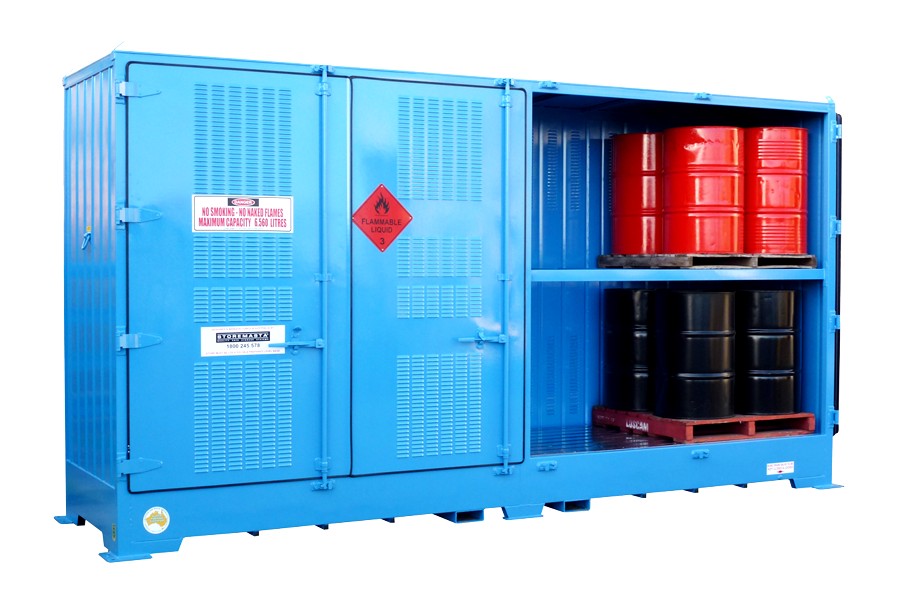
As we navigate through a transformative era for the automotive industry, several key trends have emerged within the manufacturing sector, dictating the direction and fortunes of market stakeholders.
Advancements in technology, shifts in consumer preferences, and stringent environmental regulations have converged to reshape how automotive parts are designed, produced, and distributed. The impetus to innovate is stronger than ever, with a focus on sustainability, automation, and smart manufacturing taking center stage. This article will explore the current landscape of automotive parts manufacturing and delve into the trends that are setting the course for a radically altered future.
Injection Molding
Injection molding has long been the go-to method for producing high-volume automotive parts, and this trend is only set to accelerate in the coming years. With growing consumer demand for lighter, stronger, and more environmentally friendly materials, injection molding has proven to be a highly efficient process that can meet these requirements while keeping costs low.
The use of advanced materials such as composites, thermoplastics, and bio-based plastics has opened up new design possibilities for automotive parts manufacturers, allowing them to create complex shapes and reduce weight without compromising on strength. In addition, the use of injection molding in conjunction with 3D printing is gaining traction, enabling the production of prototypes and small batches without the need for expensive tooling.
Looking at EDC who do automotive parts manufacturing & production, it is evident that the adoption of injection molding technology will continue to rise, driven by factors such as cost efficiency and design flexibility. It has also become increasingly critical for automotive parts manufacturers to adopt sustainable practices, and injection molding provides a viable option by allowing for the incorporation of recycled materials into production processes.
Electrification Shift
The push toward electric vehicles (EVs) is perhaps the most seismic shift currently underway in the automotive industry. This evolution is driving manufacturers to reimagine their parts production, with an increased focus on components such as batteries, electric motors, and power electronics. Legacy internal combustion engine (ICE) components are giving way to these new technological frontiers, requiring significant investment in R&D and manufacturing capabilities.
To accompany this shift, supply chains are also being restructured. The materials and parts needed for EVs differ greatly from those for ICE vehicles, demanding new supplier relationships and logistical strategies. Automotive parts manufacturers must adapt quickly to remain relevant and competitive in this burgeoning market segment.
Sustainable Practices
The automotive sector is witnessing a substantial push towards environmentally sustainable manufacturing practices in response to global ecological concerns. This encompasses a broad spectrum, from reducing waste and emissions in production processes to adopting renewable energy sources within manufacturing facilities. Eco-friendly initiatives are not just about corporate responsibility; they are rapidly becoming a competitive differentiator.
In tandem with the green manufacturing movement, there is a growing demand for sustainable materials within automotive parts themselves. Manufacturers are exploring alternative materials such as bio-based plastics and recycled metals, which promise reduced environmental impact without compromising on performance or safety.
Automation and Robotics
Automation has become an integral part of modern automotive parts production. Robotics and automated systems are being increasingly adopted to enhance precision, increase production speeds, and improve safety. The implementation of these technologies also helps alleviate labor shortages and reduce operating costs through enhanced efficiency.
Alongside robots, the use of advanced software for process management and machine learning algorithms for predictive maintenance is transforming the production floor. These tools enhance the agility of manufacturing processes, allowing for quick adjustments to production lines as market demands shift or new technologies emerge.
Connectivity and IoT
Internet of Things (IoT) connectivity is revolutionizing how automotive parts are manufactured and managed through the supply chain. Sensors embedded in manufacturing equipment provide real-time data that enables predictive maintenance, minimizing downtime and enhancing productivity. This connectivity extends beyond the manufacturing floor, facilitating better inventory management and more responsive customer service.
Moreover, IoT technology assists manufacturers in achieving greater levels of quality control. By continuously gathering data throughout the production process, companies can identify and rectify issues more swiftly, ensuring that the parts they produce meet stringent quality standards.
Customer-Centric Approach
The automotive parts industry is increasingly adopting a customer-centric approach, with an emphasis on developing tailored solutions that match the evolving needs and preferences of the market. This includes an increased focus on after-market services and customer engagement to foster loyalty and drive sales. Manufacturers are leveraging data analytics and customer feedback to guide product development and innovation.
Customization is not limited to the end product; it’s also about how the product is delivered. With the rise of e-commerce and digital platforms, customers expect a seamless purchasing experience. Parts manufacturers are thus investing in digital storefronts, enhanced customer support, and efficient distribution networks to meet these expectations. The customer-centric model aligns closely with the overall industry trend toward personalized and on-demand services.
In conclusion, the automotive parts manufacturing sector is undergoing rapid and significant changes. The adoption of new technologies, shifts in consumer preferences, and a focus on sustainability are shaping the industry’s course. To remain competitive, manufacturers must embrace these trends and adapt their production processes accordingly.
- Harlem’s Claremont Inn, Home Of Presidents, Dukes, Princes, A Princess’s And Others, 1804
- Southampton: Year-Round Charm, Business Leaders Unite To Energize Southampton’s Economy
- What’s Up Miss Lil: Harlem Cultural Festival Foundation Celebrates 55 Years Of Soul
- What’s Up Miss Lil: 2024 NYC Marathon Journey Through Harlem
- Mayor Adams Announces City Hall And Buildings To Shine Green For Youth
Become a Harlem Insider!
By submitting this form, you are consenting to receive marketing emails from: . You can revoke your consent to receive emails at any time by using the SafeUnsubscribe® link, found at the bottom of every email. Emails are serviced by Constant Contact










As a consumer, it’s exciting to see how these trends will translate into improved vehicle performance, safety, and affordability. I look forward to witnessing the continued innovation in this field.